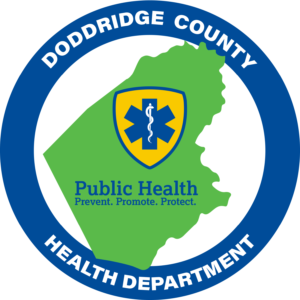Seasonal Affective Disorder (SAD)
Seasonal Affective Disorder (SAD)
Seasonal affective disorder (SAD) is a type of depression that’s related to changes in seasons. SAD begins and ends at about the same times every year. If you’re like most people with SAD, your symptoms start in the fall and continue into the winter months, sapping your energy and making you feel moody. These symptoms often resolve during the spring and summer months. Less often, SAD causes depression in the spring or early summer and resolves during the fall or winter months.
Treatment for SAD may include light therapy (phototherapy), psychotherapy and medications.
Don’t brush off that yearly feeling as simply a case of the “winter blues” or a seasonal funk that you have to tough out on your own. Take steps to keep your mood and motivation steady throughout the year.
Signs and Symptoms of SAD:
-Feeling listless, sad or down most of the day
-Losing interest in activities you once enjoyed
-Having low energy and feeling sluggish
-Having problems with sleeping too much
_Experiencing carbohydrate cravings, overeating and weight gain
-Having difficulty concentrating
-Feeling hopeless, worthless or guilty
-Having thoughts of not wanting to live
-Agitation or anxiety
-Increased irritability
-Poor appetite
-Trouble sleeping (insomnia)
People who have bipolar disorder are at increased risk of seasonal affective disorder. In some people with bipolar disorder, episodes of mania may be linked to a specific season.
It’s normal to have some days when you feel down. But if you feel down for days at a time and you can’t get motivated to do activities you normally enjoy, see your health care provider. This is especially important if your sleep patterns and appetite have changed, you turn to alcohol for comfort or relaxation, or you feel hopeless or thing about suicide.




